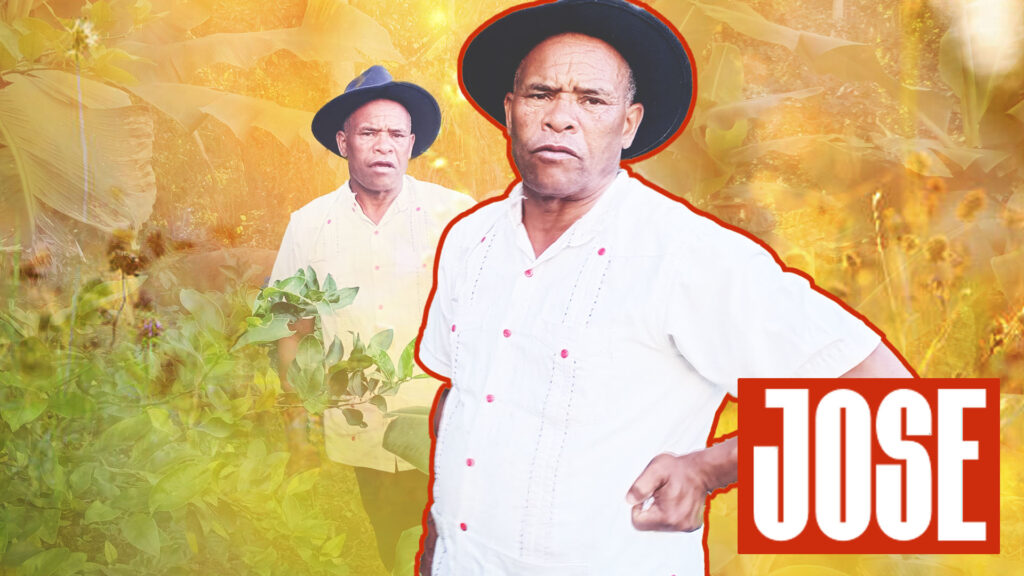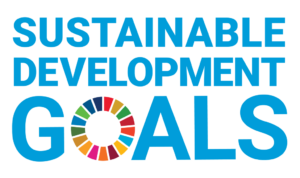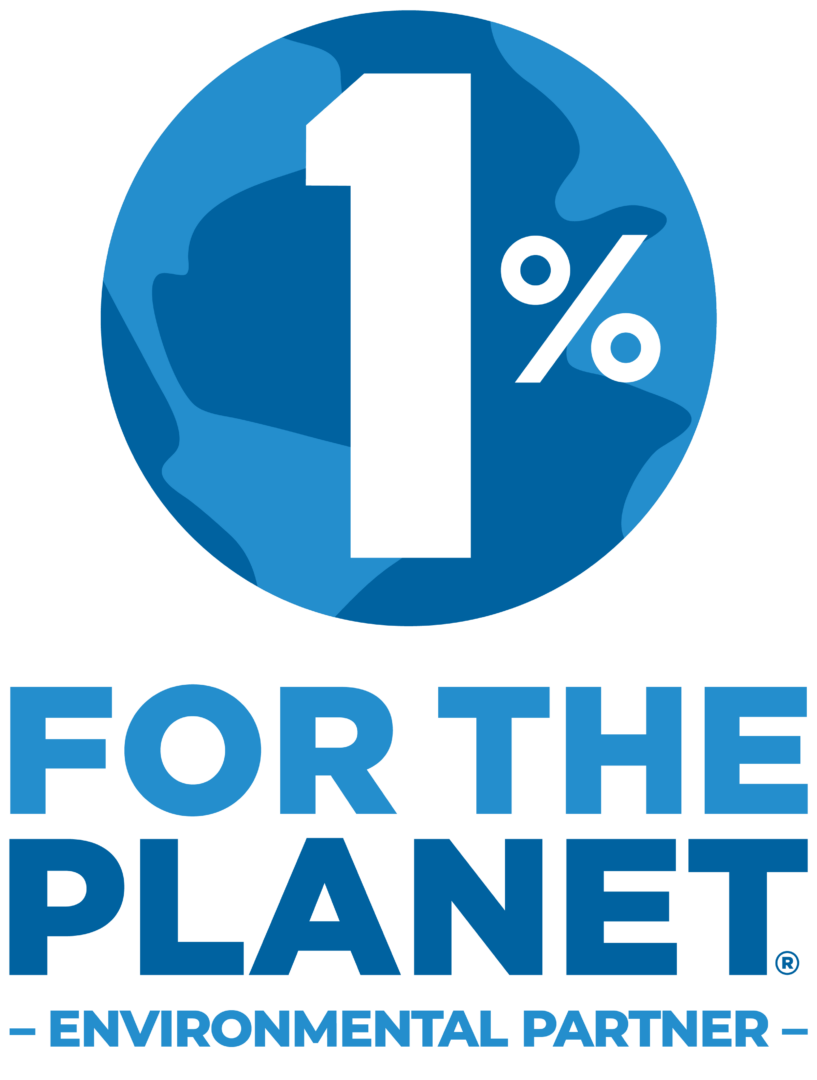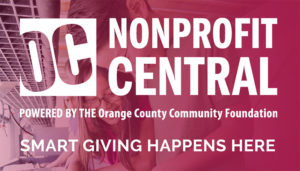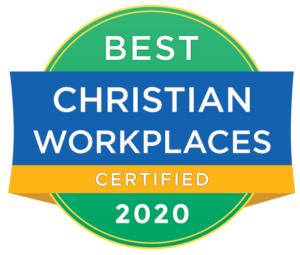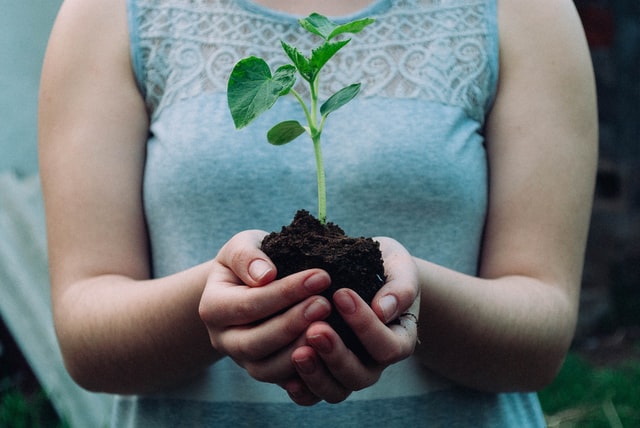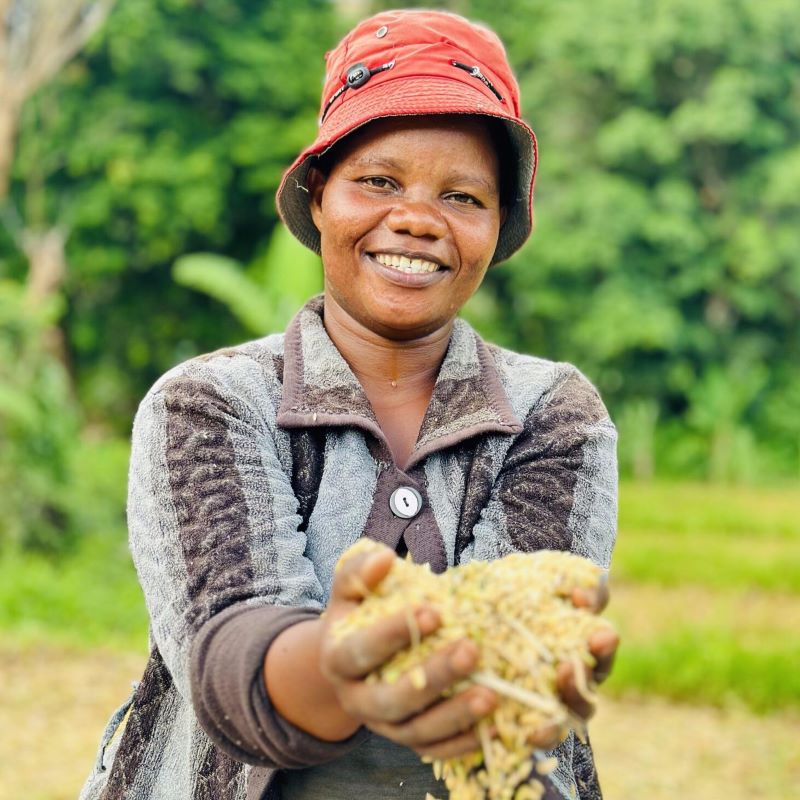José looked around his home in the countryside, and saw something that troubled him deeply.
"I had to buy all the produce for my family to eat,” he recalls. “Almost everyone else in my community was producing the food their families needed from their own plots. But I wasn’t, he said. “That’s what moved me to join a Purpose Group.”
In rural communities like José’s, the land is more than just soil. It’s life, livelihood, and legacy. But years of deforestation, erosion, and climate change have made farming harder and less reliable. For many, like José, that meant dependence on outside food—and the feeling that the future was slipping out of their hands.
"When I joined my community Purpose Group, I realized I needed to make a big change” José explains. “I felt I belonged, and from the moment I joined, everything in my life began to change."
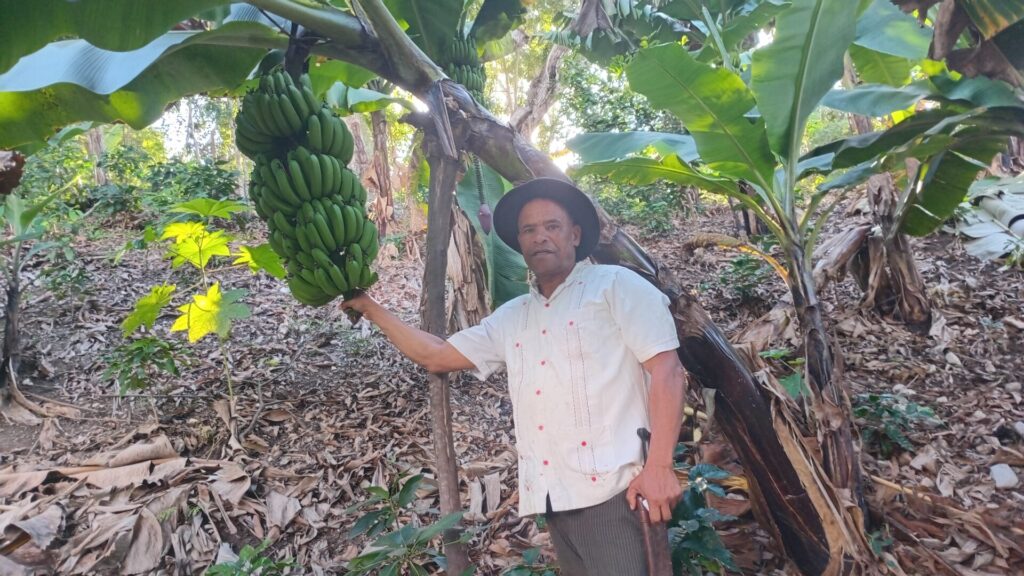
Plant With Purpose’s Community Designed Restoration model ensures that the work of restoration–planting trees, protecting soil, regenerating ecosystems—is led by the people who live there. It’s not a one-time intervention but an ongoing process that comes from within the community itself.
For José, that meant starting with the basics: Learning how to make the land productive again, and re-establishing the natural systems that make farming sustainable.
He now says with pride, "I have seen changes that give me hope for the future because I no longer have to buy food for my family. I now produce it on my own plot. He continued, “I also hope that I will soon be producing coffee, avocados, oranges, and other products.”
Hope, for José, isn’t abstract. It’s visible in the rows of crops, in the shade of young trees, and in the meals his family shares without worry of scarcity.
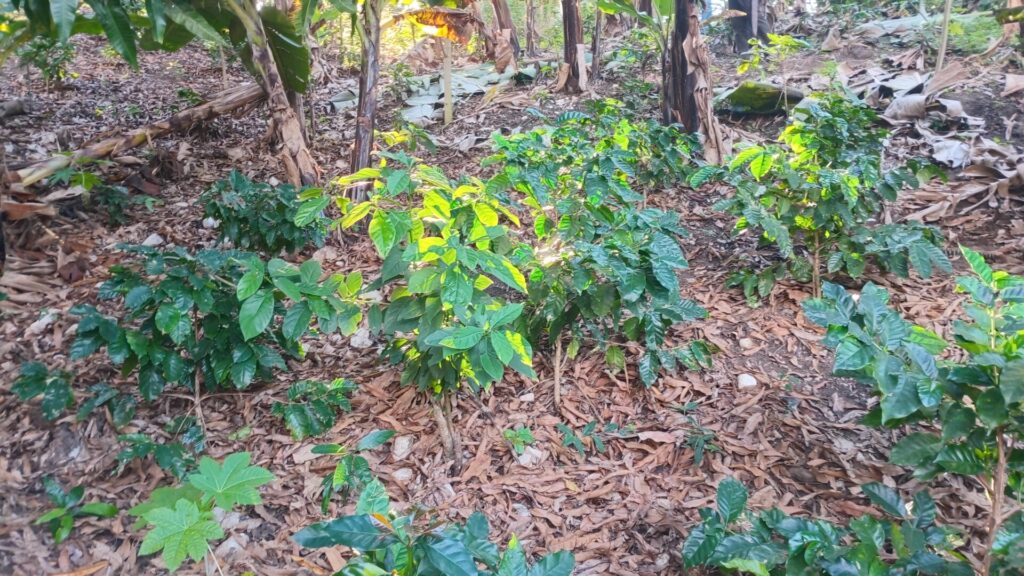
"What gives me the most hope is seeing how, through the group, everything is changing in my community. When I see improvements in our economy, in the food my family eats, and in people’s behavior, these are daily signs of hope for me."
José’s optimism grows out of a difficult reality. "I have seen major challenges affecting farmers, such as deforestation and drought,” he says. “These drive away the rains and make the effects of climate change worse. Many farmers are losing faith and some have even abandoned agriculture to engage in other activities that do not offer a future."
But José has learned that these problems are not insurmountable.
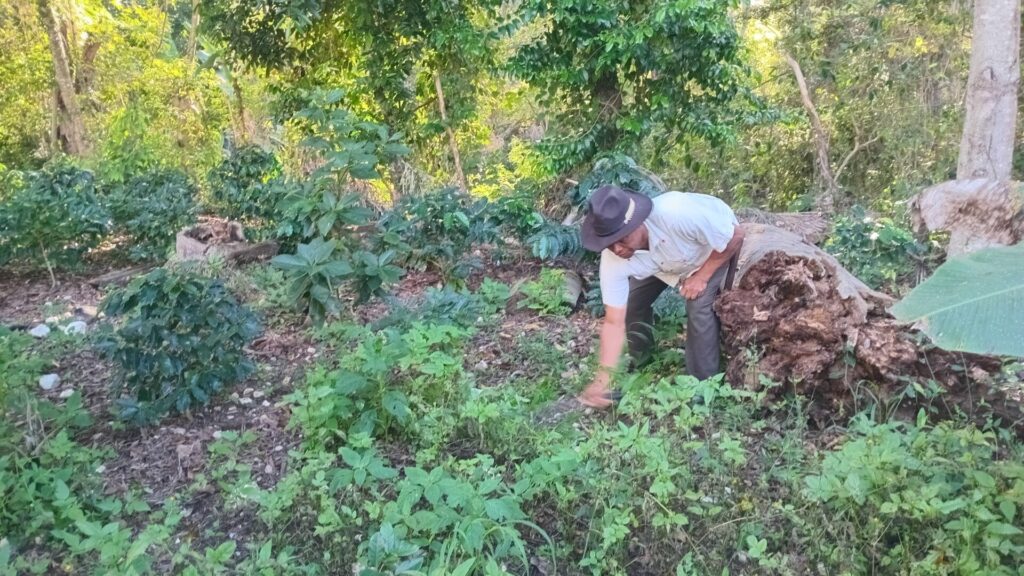
"One thing a person can do to improve environmental conditions that affect soil, biodiversity, and the environment in general is to develop personal awareness. Working with the future in mind,” he says. “One of the main things that gives us hope for the future is carefully following up on the trees we plant and making good use of natural resources, based on what is possible in our environment."
“Before, there were no trees on my plot, only stones. After I started working this land, my life has changed. With everything I have planted, in the near future I will have a great variety of crops, and the environment will keep improving to make me resilient against climate change."
His transformation is a living example of Community Designed Restoration. Neighbors plant trees and also the seeds of a shared vision. They contour hillsides to prevent erosion, create living barriers of grass and shrubs to protect soil, and restore biodiversity with native species. The result isn’t just environmental healing; it’s economic stability, food security, and restored dignity.
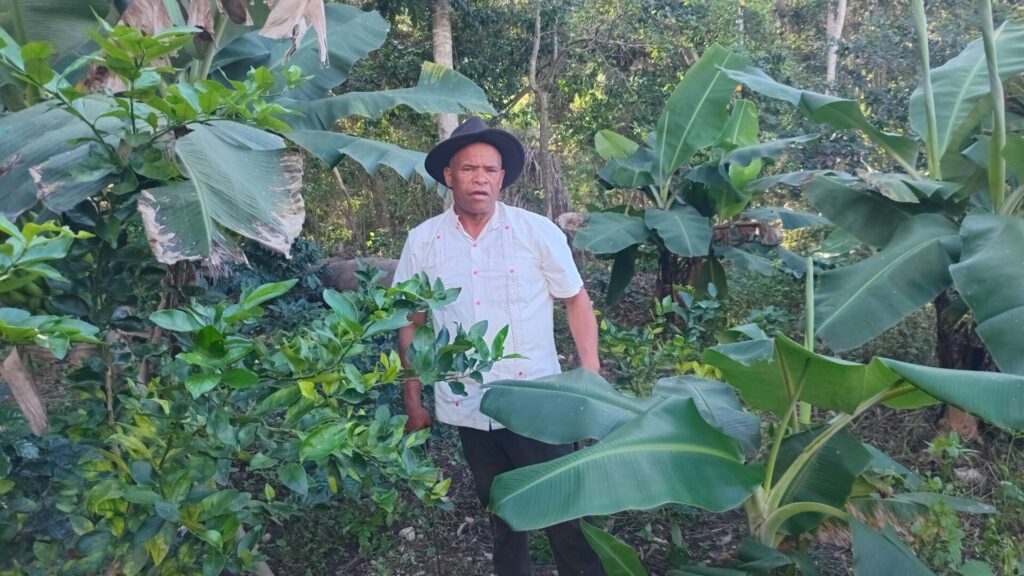
The impact of the Purpose Group isn’t limited to the soil.
"Relationships in the community have changed since the Purpose Group began its activities,” José says. “Before, people here didn’t have a good way to solve problems. The group have changed the way we relate to one another."
"We work in unity and support each other in everything. When one member has a problem, all the members look for a solution together, without showing favoritism. We treat each other equally. Things are completely different now compared to before the Purpose Group."
For José, the restoration of the land is inseparable from his faith.
"Man is created in God’s image and likeness,” he reflects. “God also gave us the ability to reason and think. When a person learns to reason and think, they reach a close relationship with God and with nature."
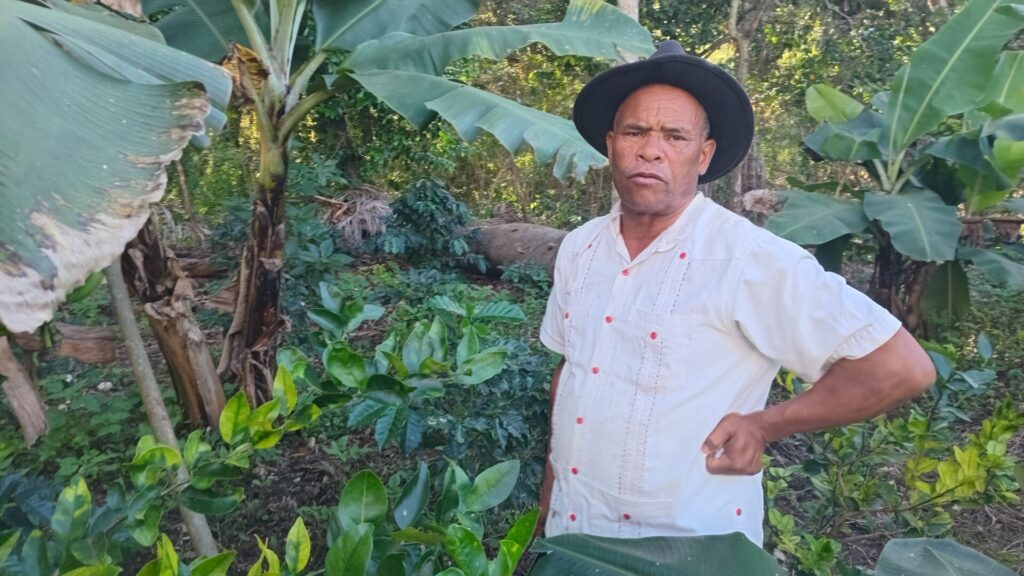
Nature itself has become a teacher. "God created the trees and everything that exists on earth, and placed it in our hands. With intelligence, we can survive in the midst of Creation. This creates a special relationship between people and God in the place where we live."
This is why, in Plant With Purpose’s approach, environmental work isn’t just about trees. It’s about honoring the Creator by caring for what He made. When communities like José’s restore their land, they are also renewing their relationship with God and with one another.
José and his neighbors live with the co-vulnerabilities that often accompany rural poverty, such as distance from markets, limited access to education, and exposure to climate shocks. Yet when given the tools, training, and trust to lead their own restoration, they are proving that abundance is possible.
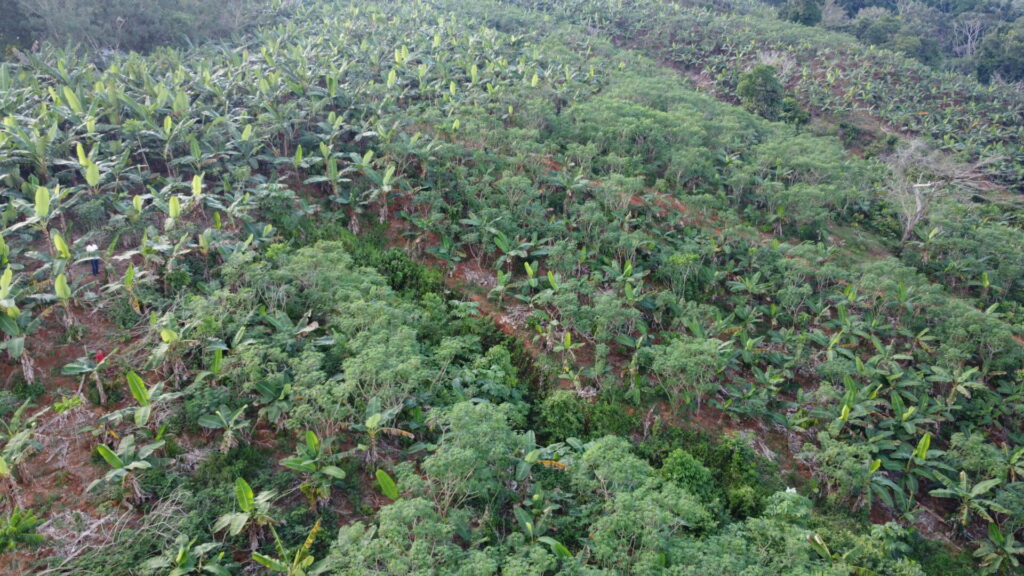
Community Designed Restoration works because it is their design. It respects local knowledge, values long-term commitment, and grows from the ground up.
José’s vision now stretches beyond his own plot. As his land becomes more productive and the environment healthier, he sees the ripple effect in his community. More trees mean better rainfall. Healthier soil means better harvests. Stronger relationships mean neighbors face challenges together, not alone.
“I know that with what we have started, the future will be better,” he says. “When I see trees growing and crops producing, I know we are moving forward.”

